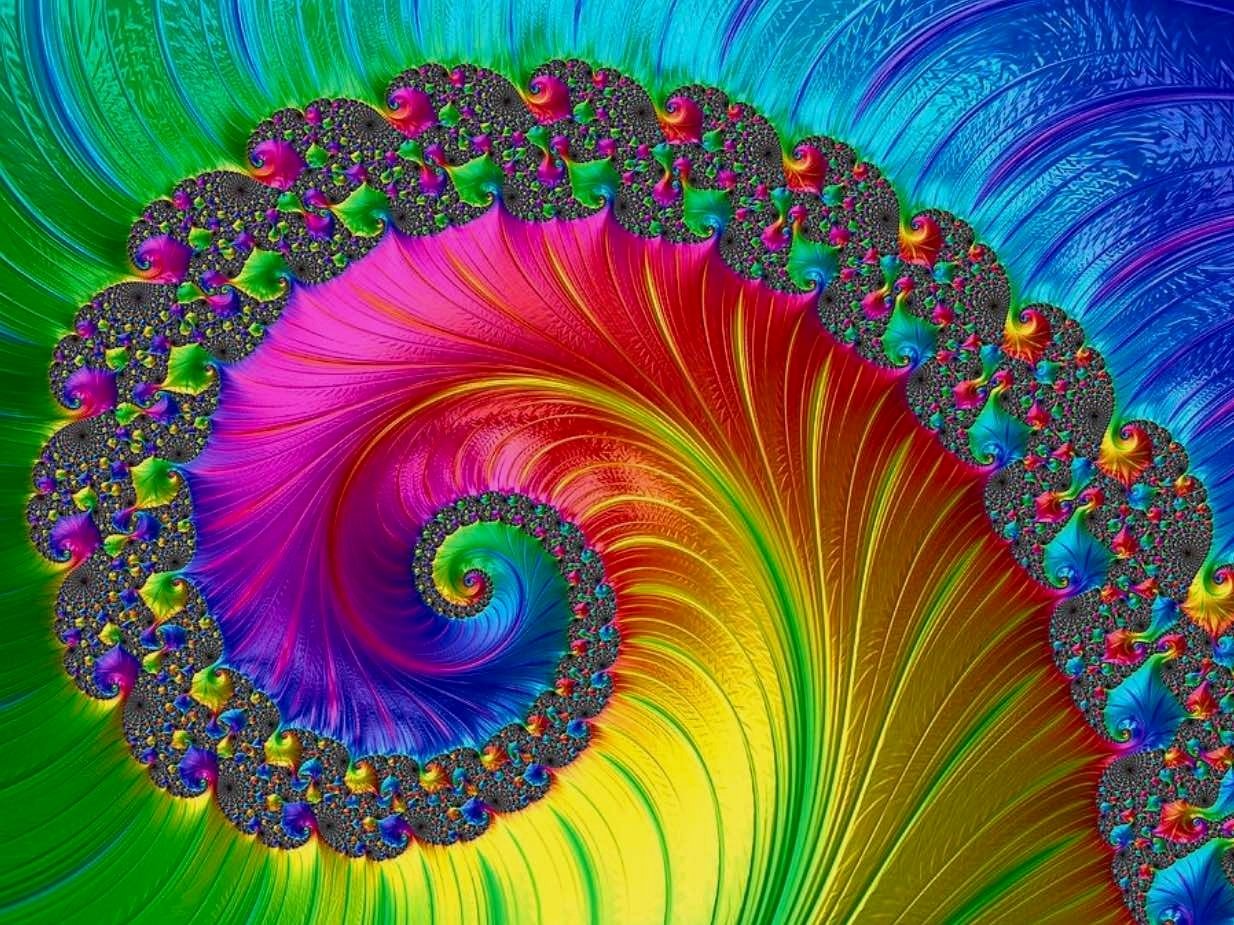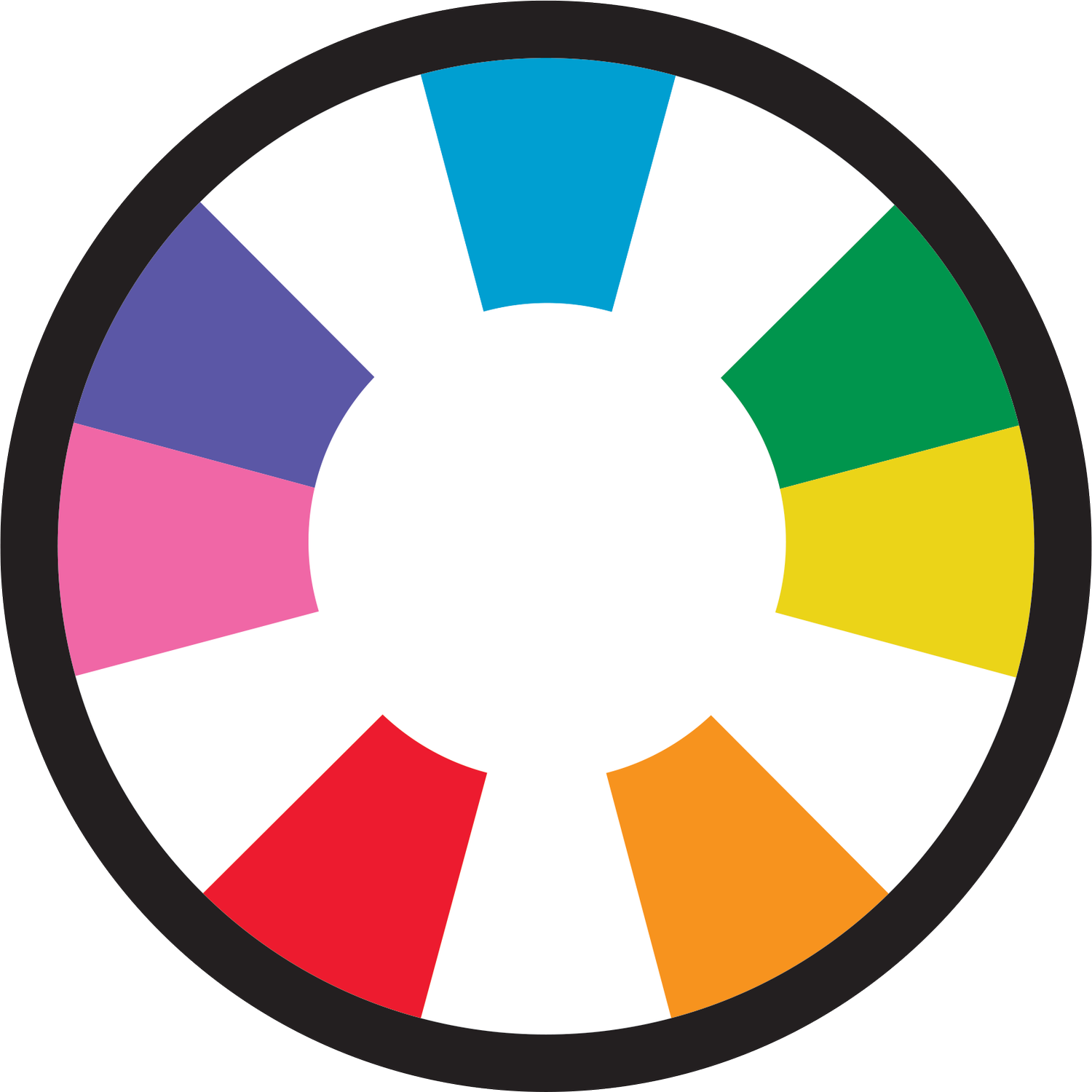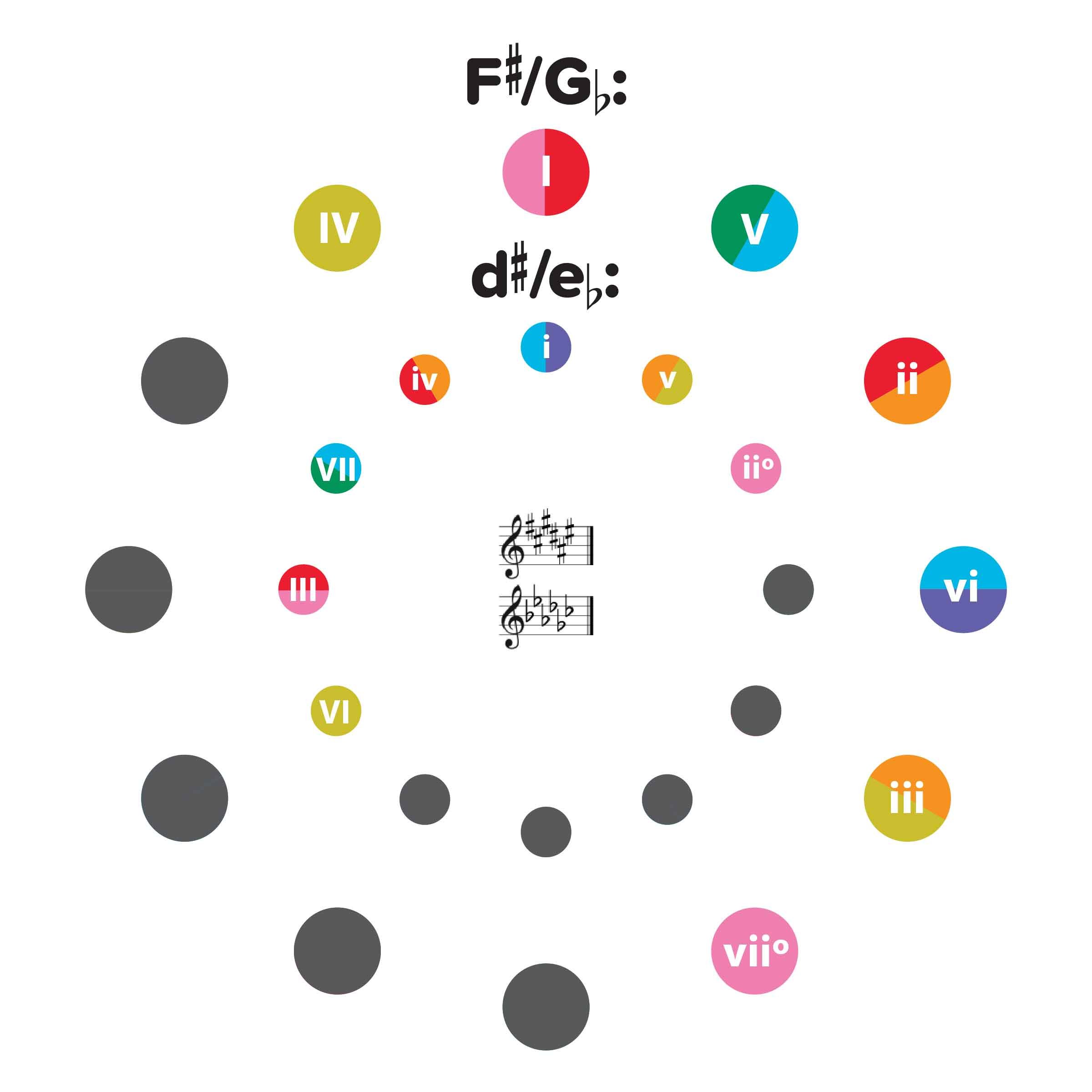
Color Coded
Music Modulation
"If you are a beginner or an expert guitarist it doesn't matter, the Musical Colors stickers improve your knowledge and familiarity with the fretboard." - Antonio Davide Pino
“An innovative way to make music fun and easy to comprehend for children and people of all ages." - Gardner Cole
"Musical Colors stickers open new possibilities in musical ideas when composing or improvising on the instrument. They are very helpful in growing as a musician!" - Ray Flores
“Easy to understand with a fun filled process. I would have been lost without it and paid for lessons.” - Anton Nathrass
“These stickers inspired and supported my creative and unique approach to song writing.” - The Wiley One
“I believe in this product, the guitar stickers helped me visually learn the fretboard with ease.” - Brian Howland
“A perfect aesthetic compliment, as well as opening up some doors theory wise and visually.” - Russell Anthony
“I just love improvising on my guitar and actually seeing all the patterns at my fingertips." - Michael Wiley
"If you are a beginner or an expert guitarist it doesn't matter, the Musical Colors stickers improve your knowledge and familiarity with the fretboard." - Antonio Davide Pino “An innovative way to make music fun and easy to comprehend for children and people of all ages." - Gardner Cole "Musical Colors stickers open new possibilities in musical ideas when composing or improvising on the instrument. They are very helpful in growing as a musician!" - Ray Flores “Easy to understand with a fun filled process. I would have been lost without it and paid for lessons.” - Anton Nathrass “These stickers inspired and supported my creative and unique approach to song writing.” - The Wiley One “I believe in this product, the guitar stickers helped me visually learn the fretboard with ease.” - Brian Howland “A perfect aesthetic compliment, as well as opening up some doors theory wise and visually.” - Russell Anthony “I just love improvising on my guitar and actually seeing all the patterns at my fingertips." - Michael Wiley
Upgrade Your Instrument And Start Playing Major & minor scales, And The Chords They Share, using The Circle Of Fifths To Move Around
SEE & PLAY IN ALL MUSICAL KEYS AND LEARN TO MODULATE
Interactive Circle of Fifths
-
Using the Circle Of Fifths as a reference to understand how music is organized and why, is a big step to unlocking the deepest mysteries of Western music. Swipe or click left and right to rotate the Circle Of 5ths and progress through the thirty (30) possible Major (15) and minor scales (15), represented on the following twelve (12) scrollable slides for each musical note. Upper case note letters represent Major keys and lower case note letters represent minor keys. Upper case Roman numeral chord functions represent Major triad chords, and lower case Roman numeral chord functions represent minor triad chords, and in two cases adding a º, where they represent diminished chords on iiº in minor and viiº in Major.
The outer ring of notes shown are labeled at the top with the Major musical key that they belong to, which consists of the musical note (upper case letter) that serves as the root of the I “Major one chord” and followed by a : to designate that the note is a musical key, which contains the seven (7) notes shown. The inner ring of notes visible are labeled just below that with the minor musical key that they belong to, which consists of the musical note (lower case letter) that serves as the i “minor one chord” followed by a : to designate that the note is a musical key, which contains the same seven (7) notes revealed in a different configuration. Each ring shows the seven (7)color coded music notes associated with each musical key or scale, the order of each note1 through 7, and the chords “one” through “seven” using Roman numerals arranged in fifths (5ths), and finally the triad chord quality or sonority that can be built from each of those notes, either Major, minor or diminished chords.
At the center of the two rings is the key signature for each musical key shown, which consists of a Treble Clef and Staff with up to 7 Sharps or 7 flats. Notice that three (3) musical keys overlap and share the same notes, therefore having equivalent key signatures, where 5 Sharps = 7 flats, 6 Sharps = 6 flats, and 7 Sharps = 5 flats. In essence, these keys use the same notes, but they are spelled different enharmonically, either by using all Sharps or spelled using all flats.













